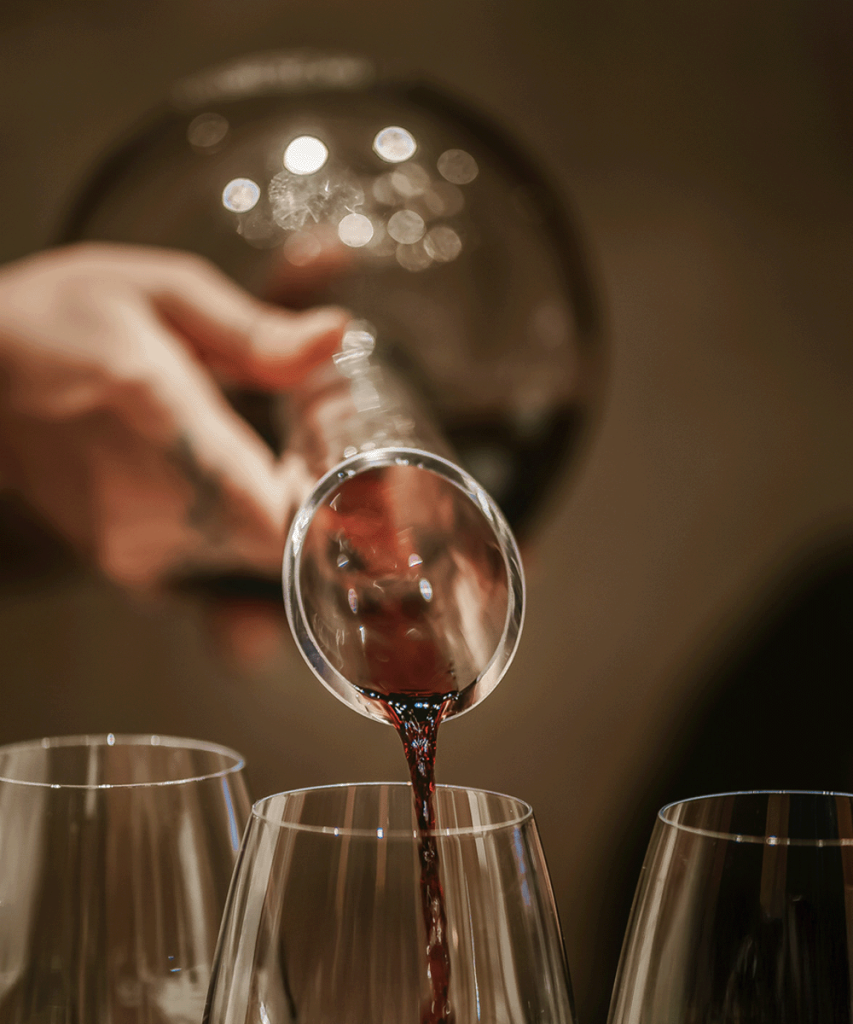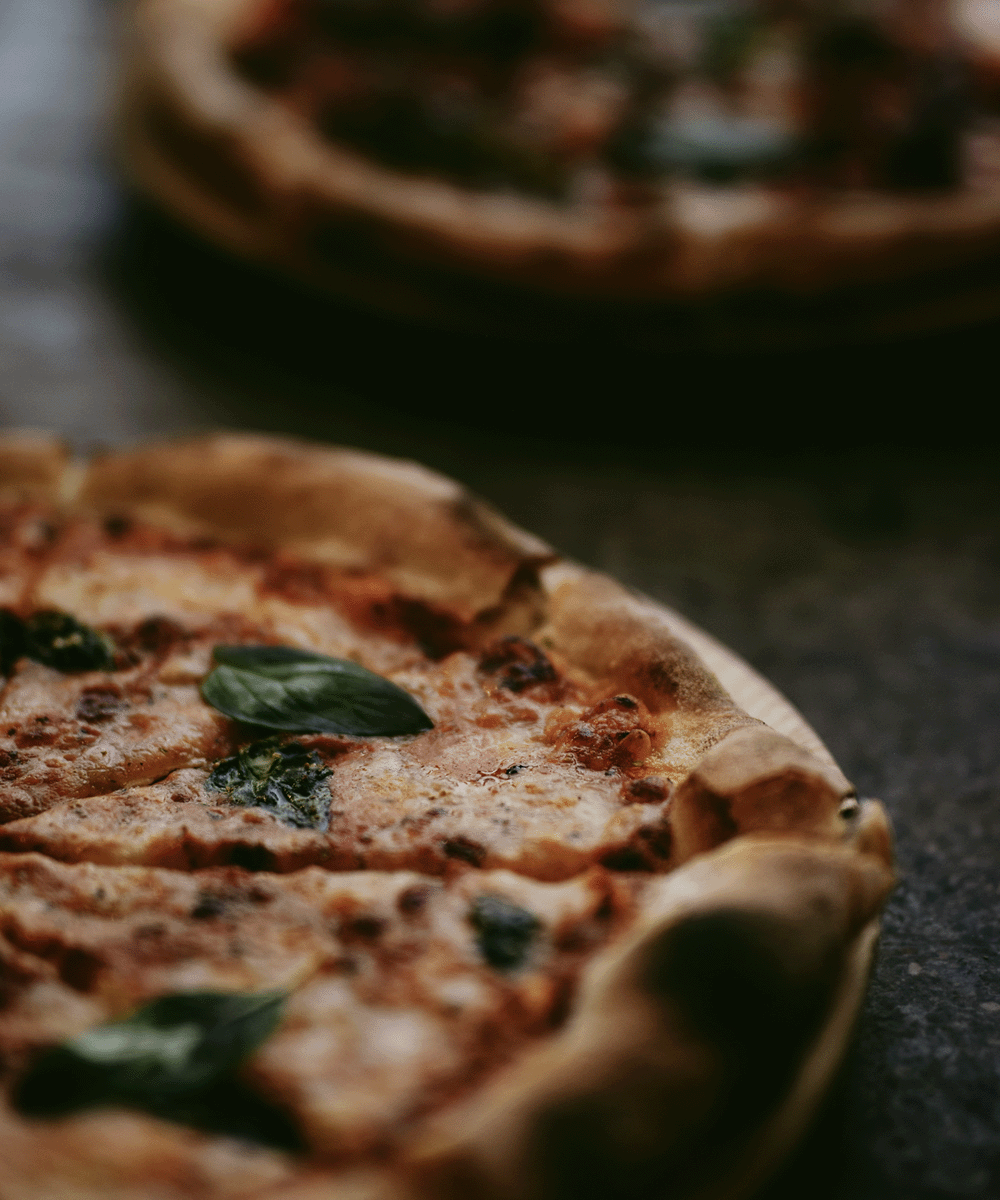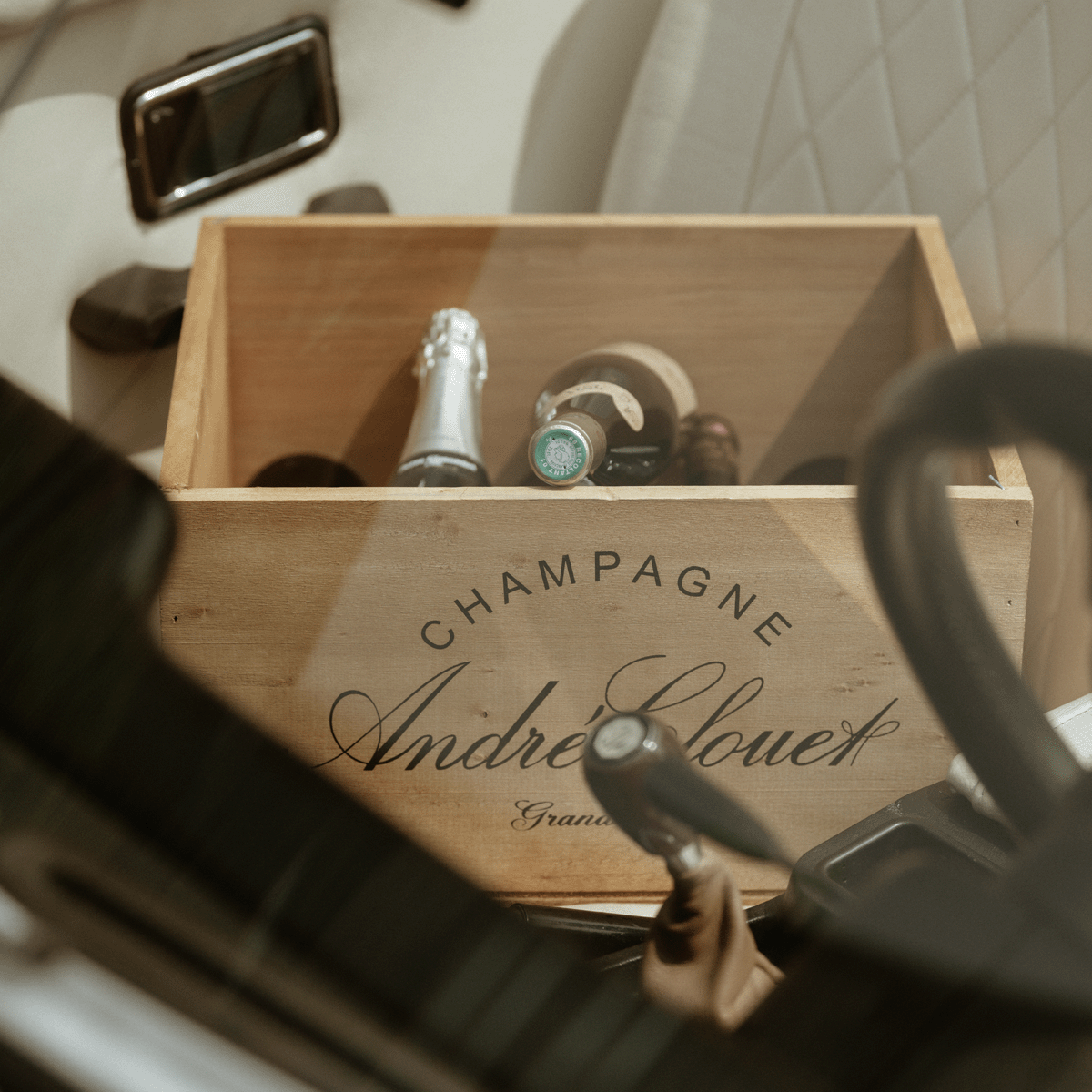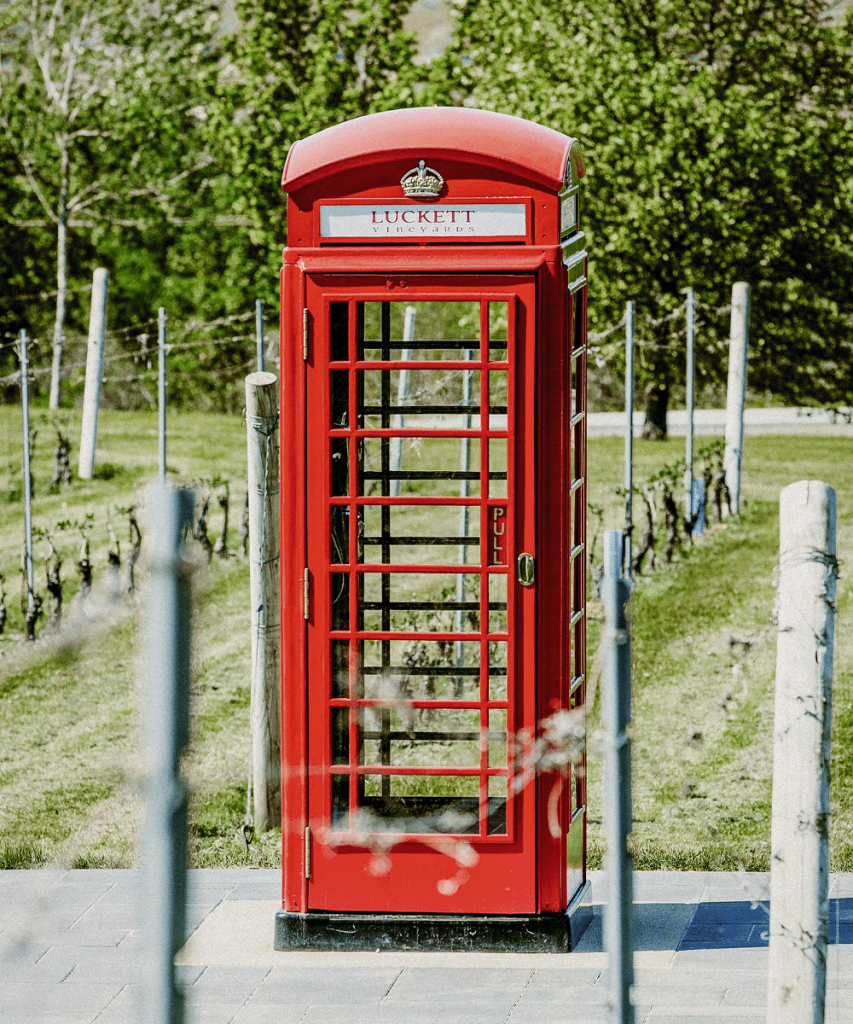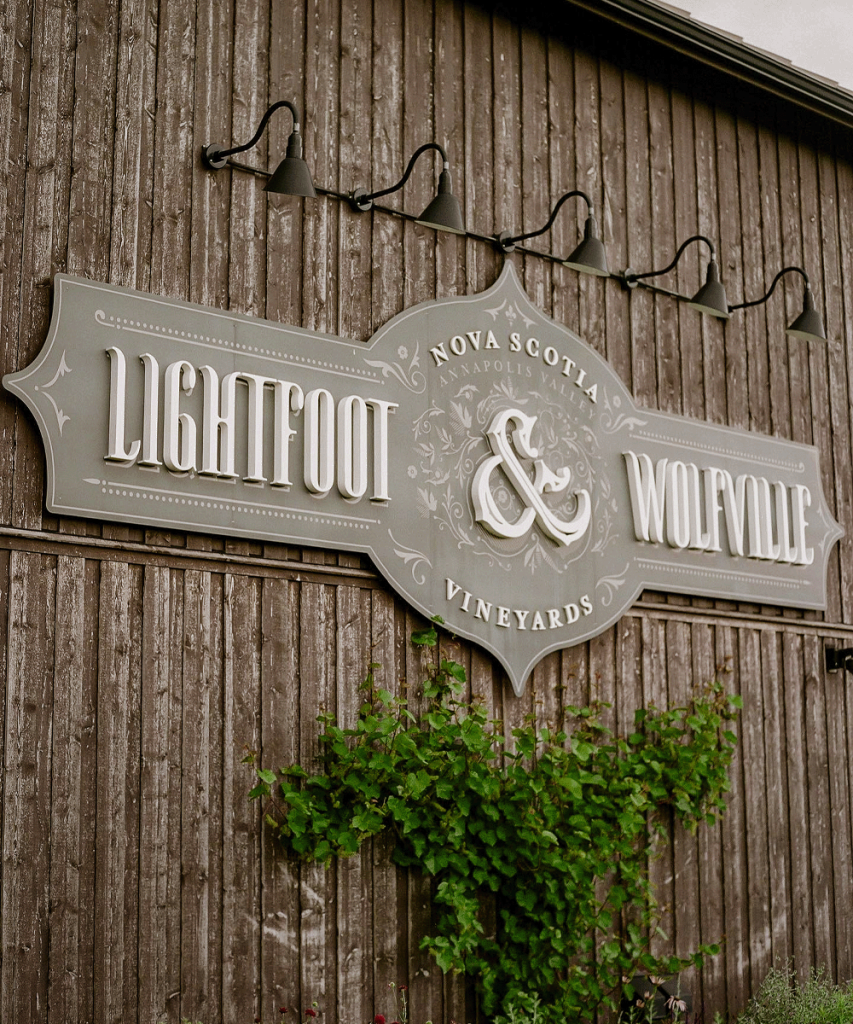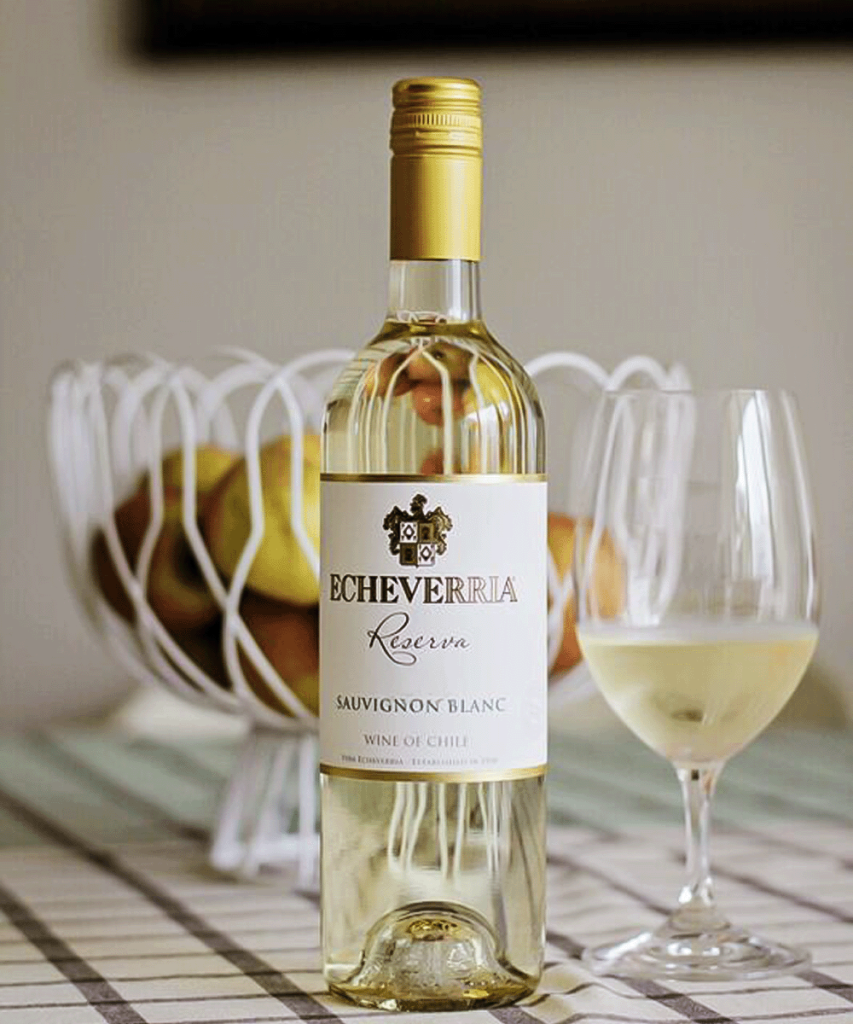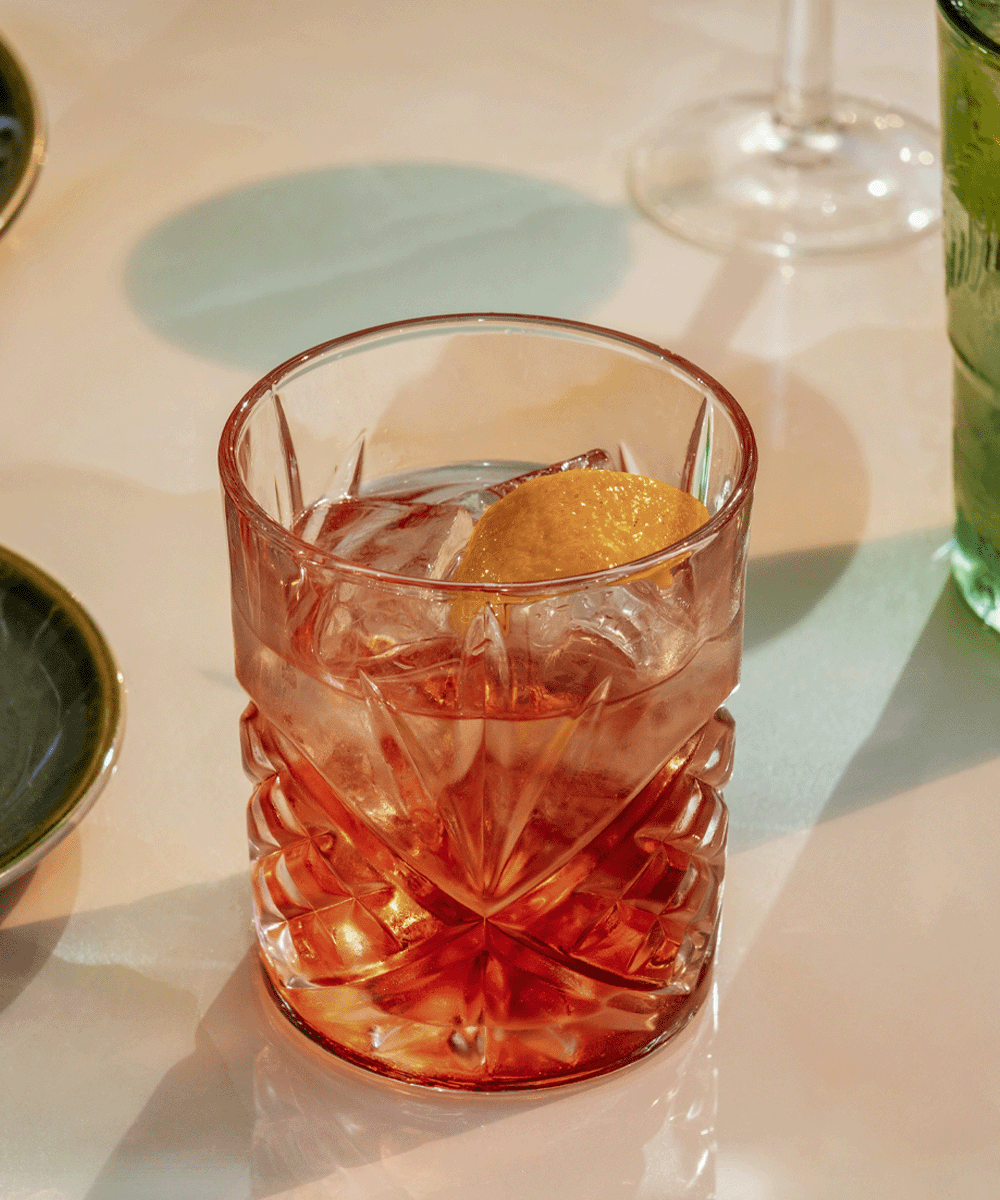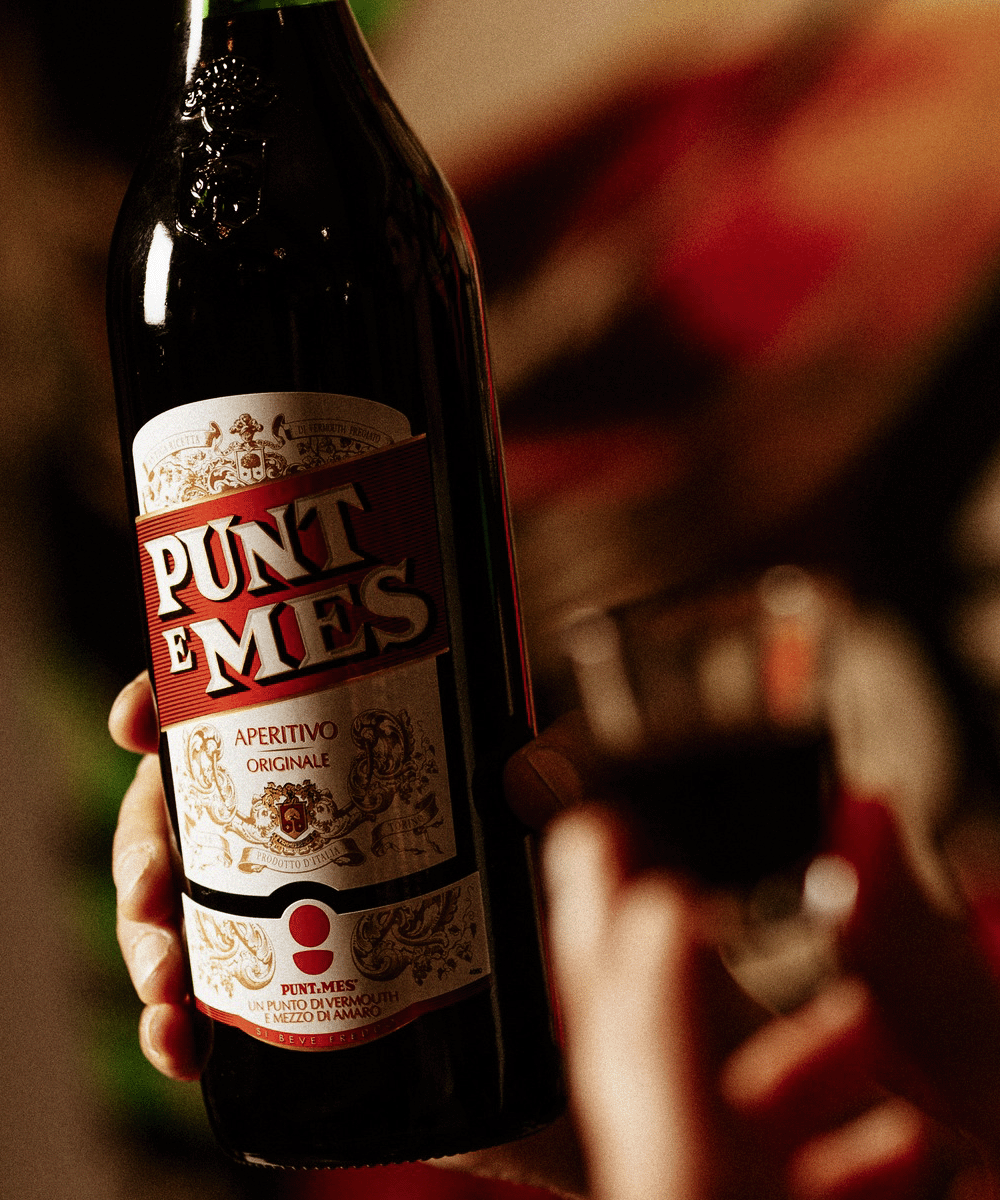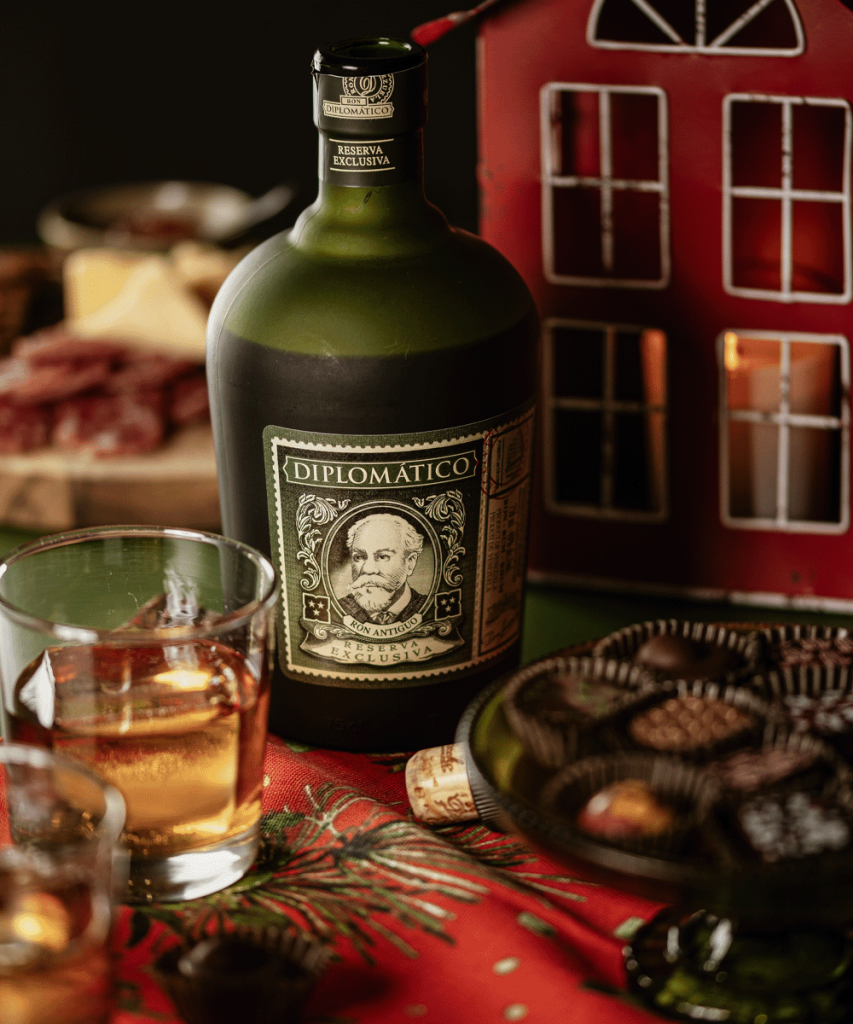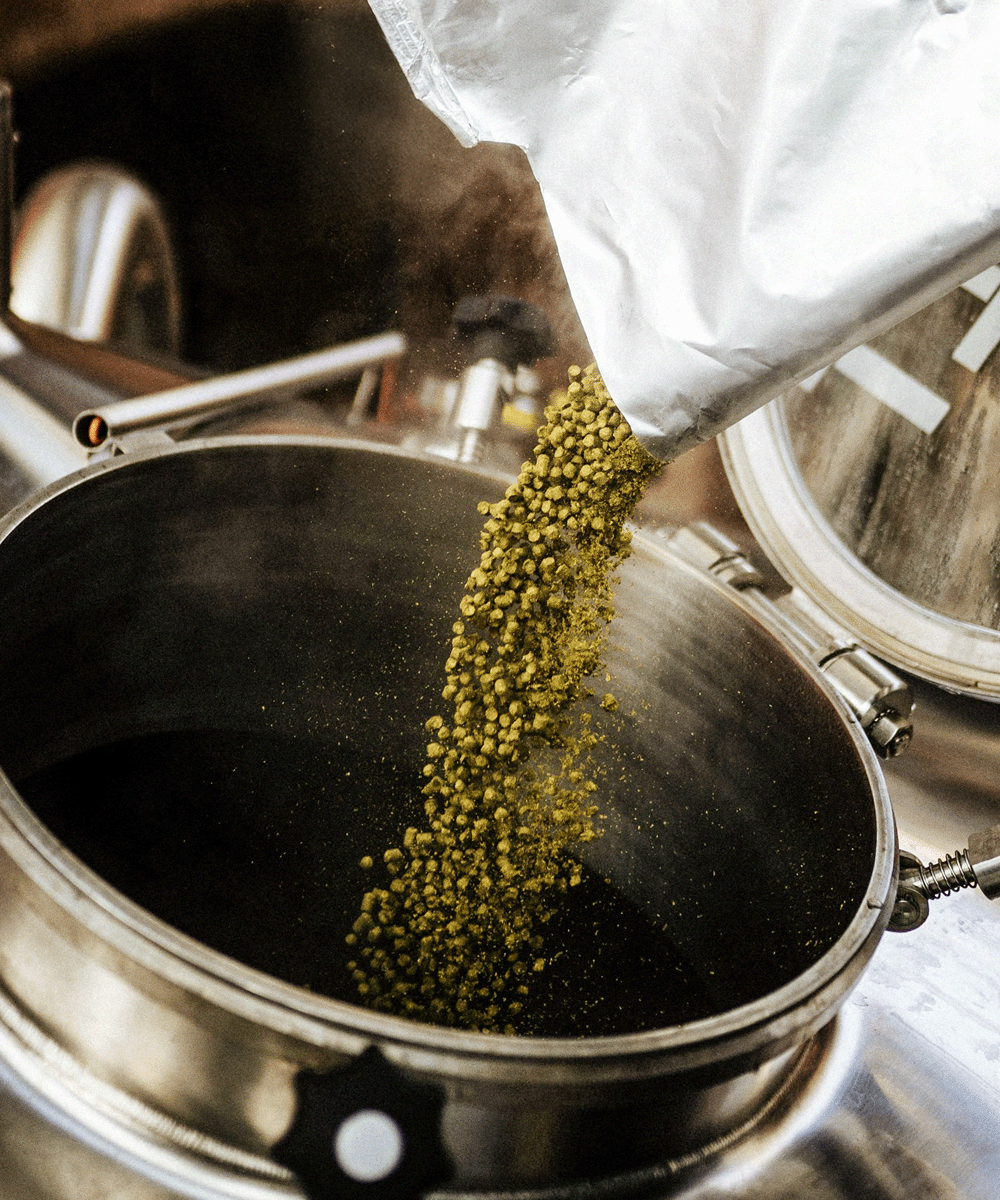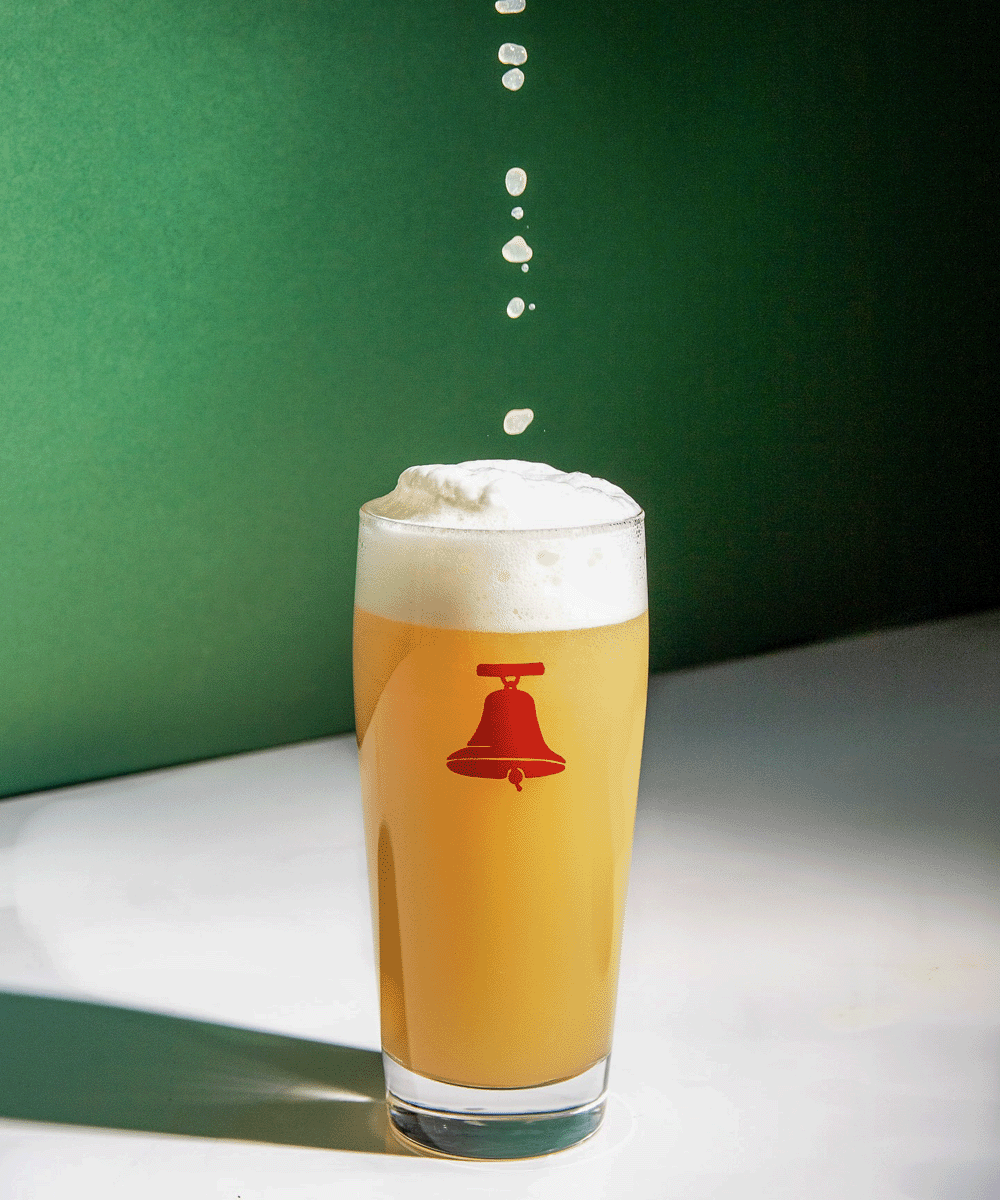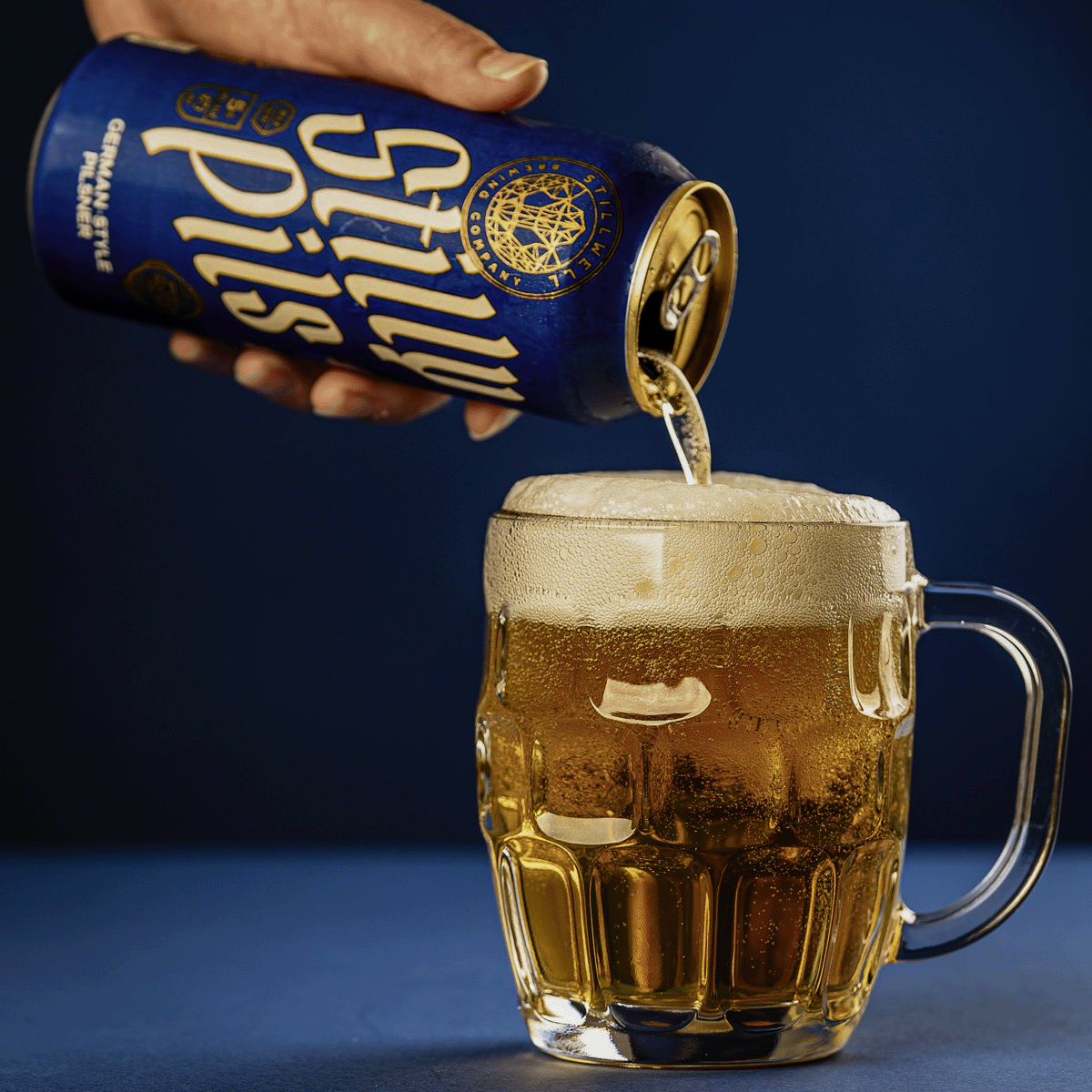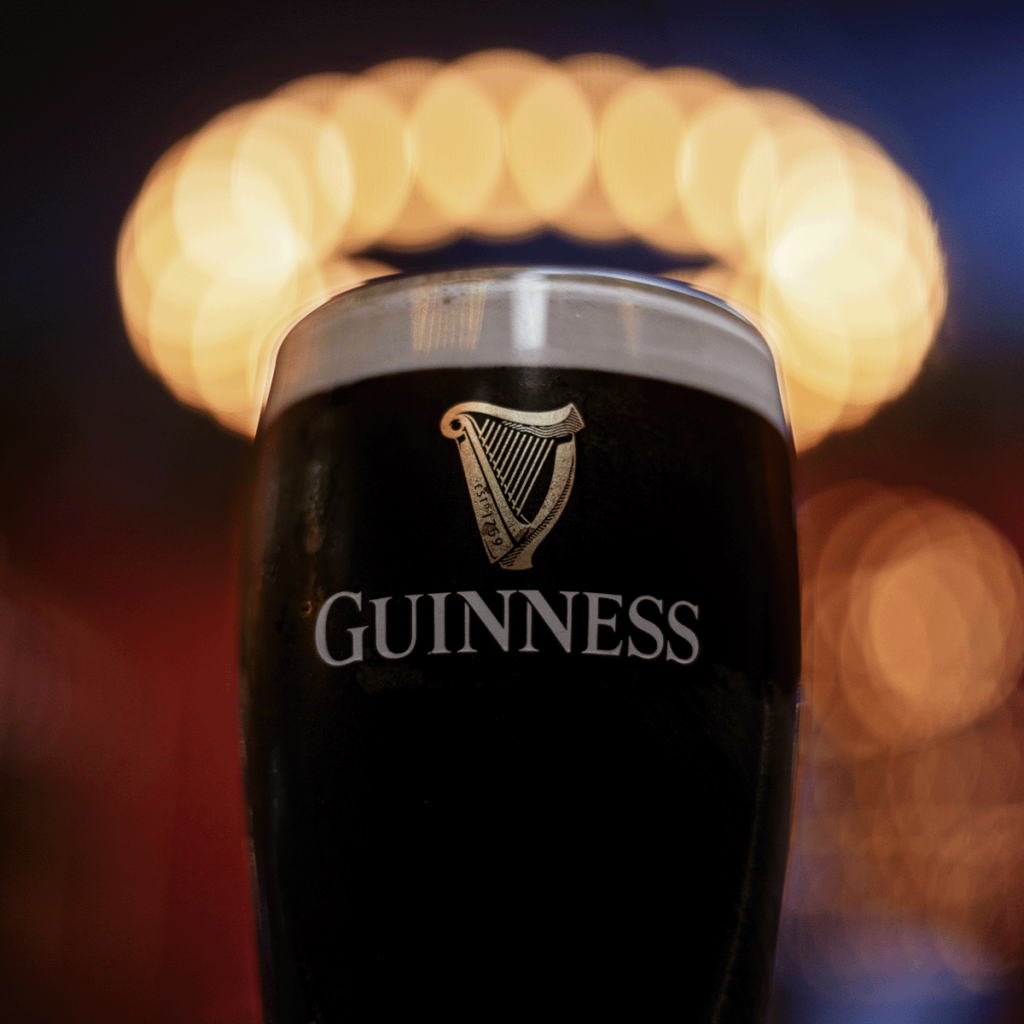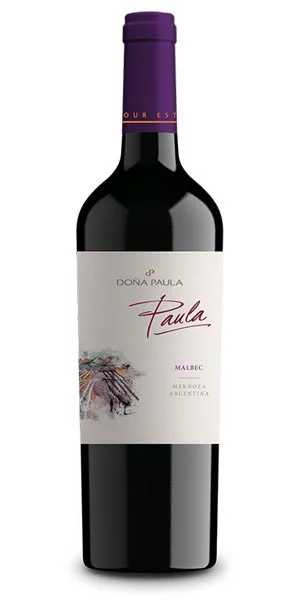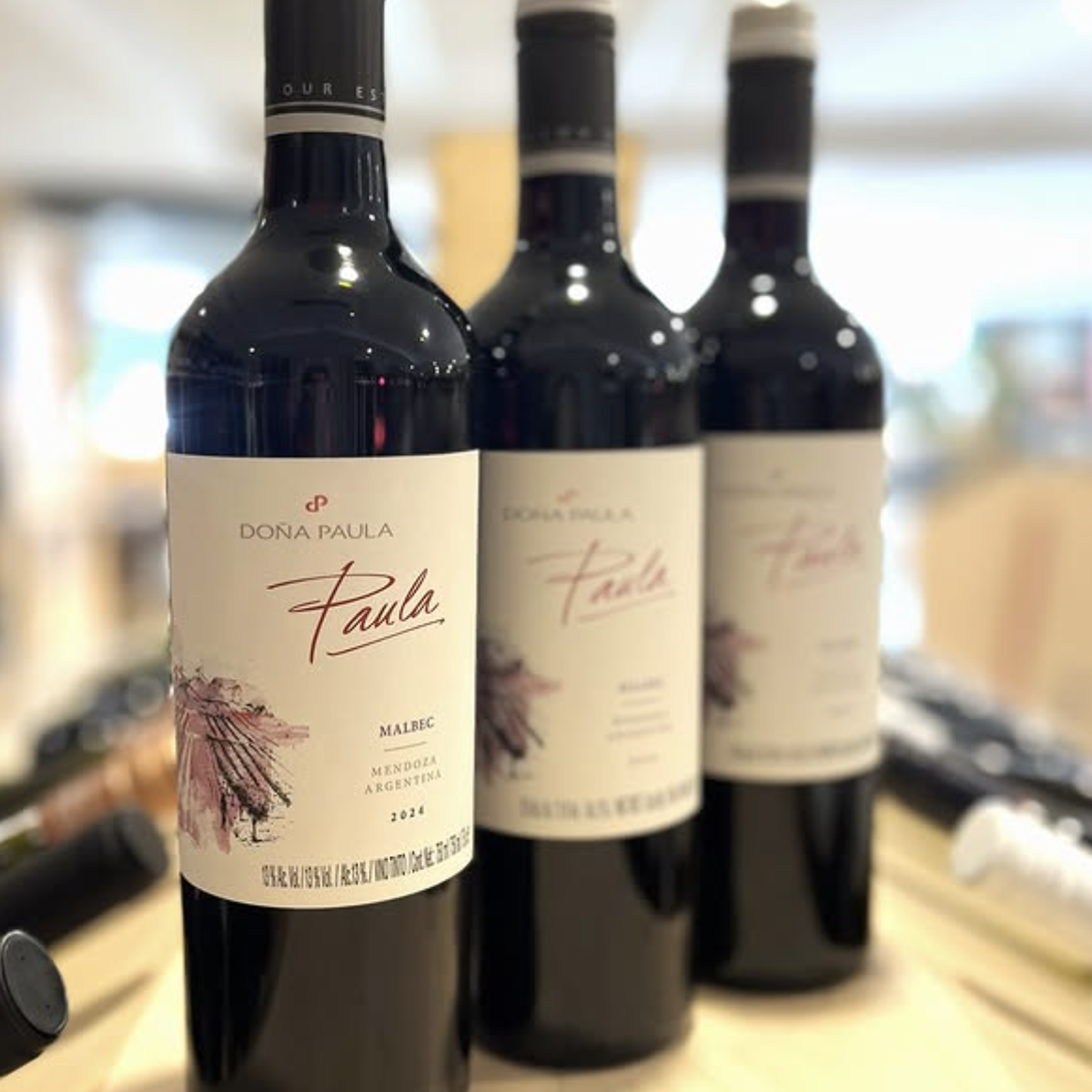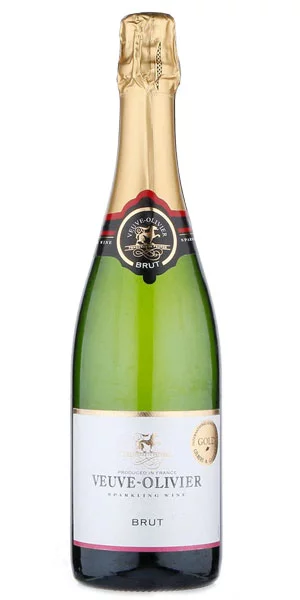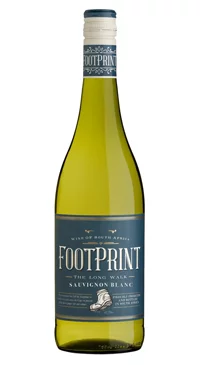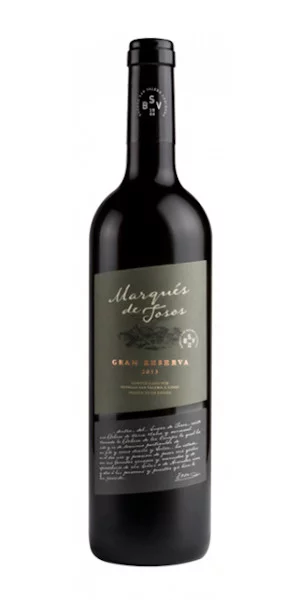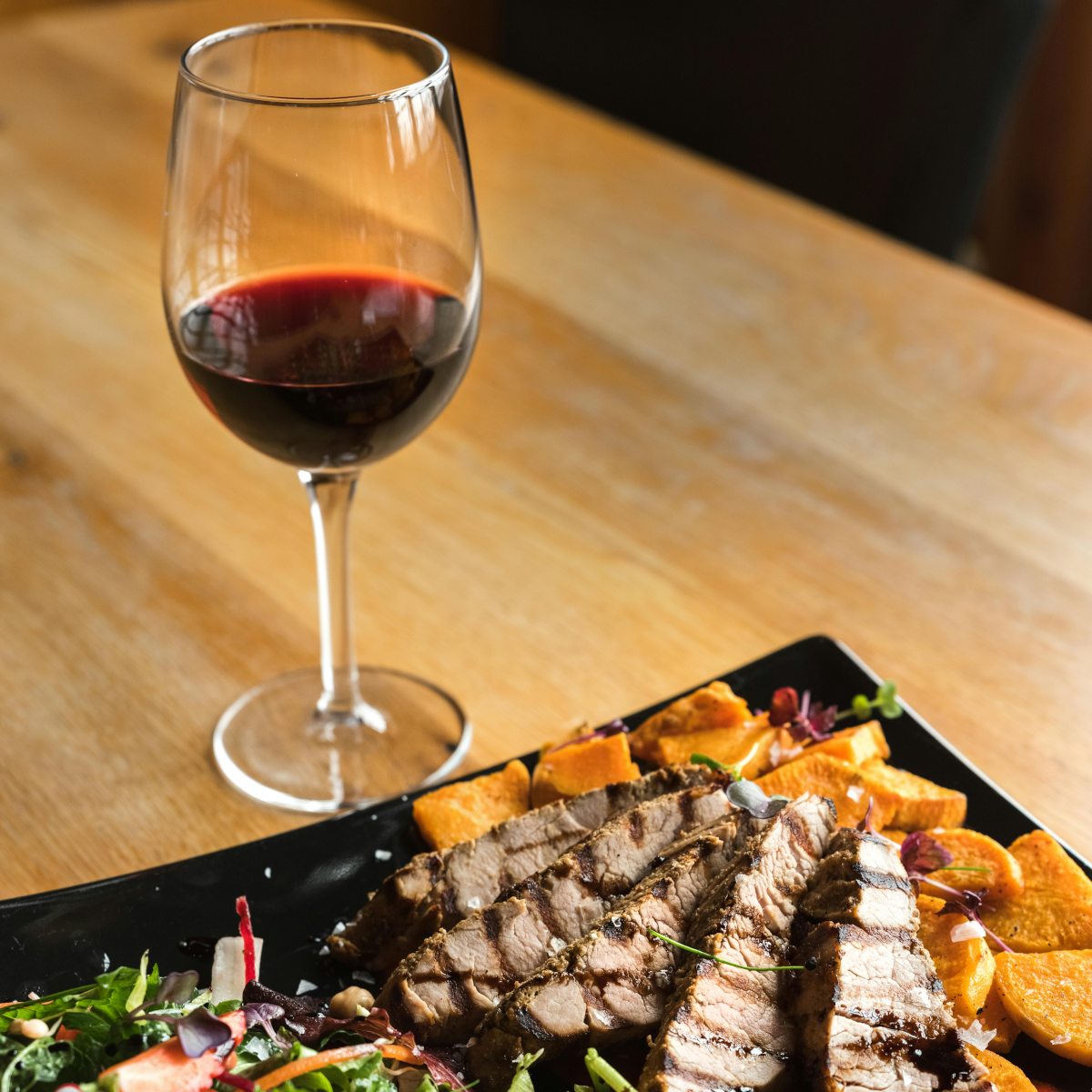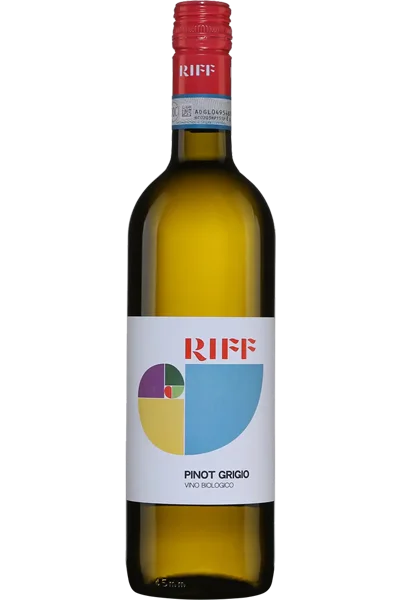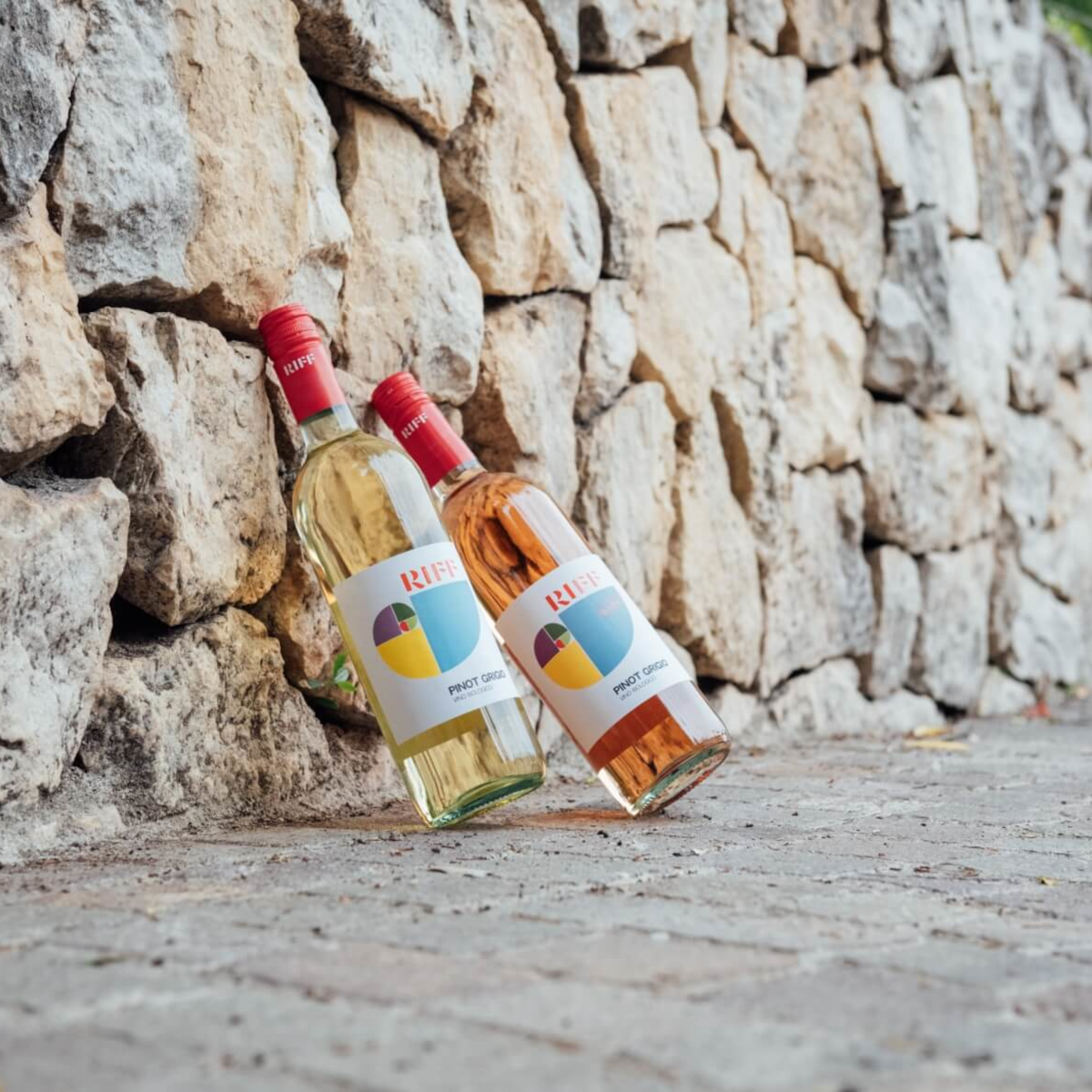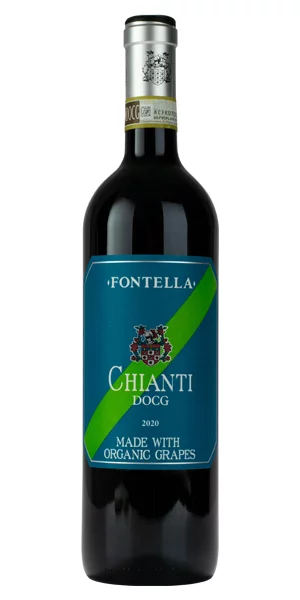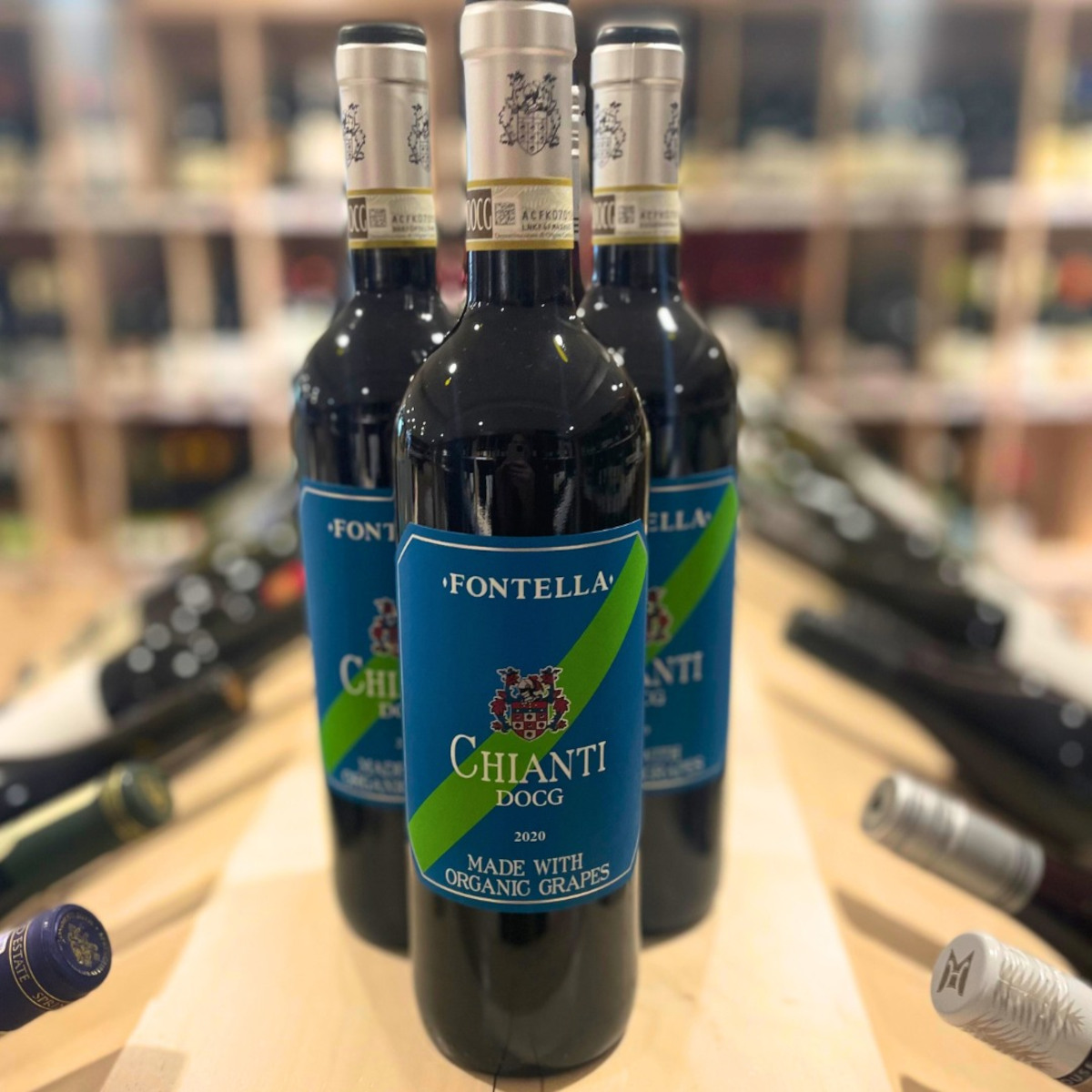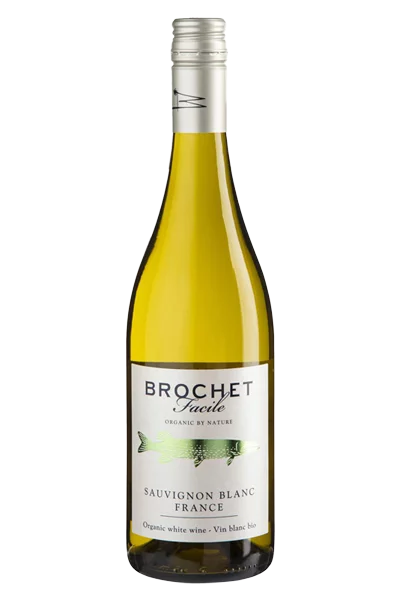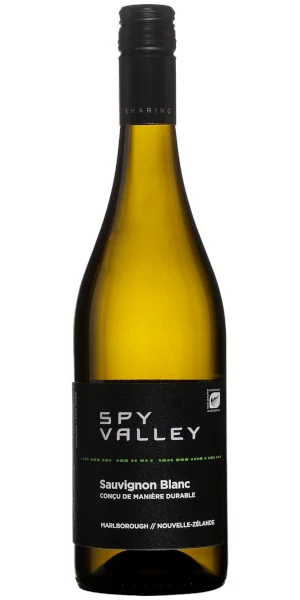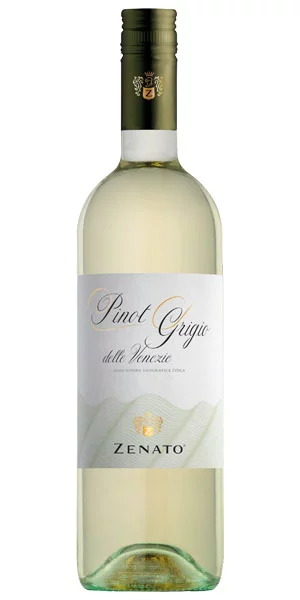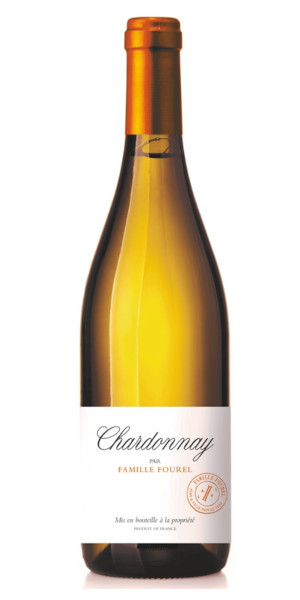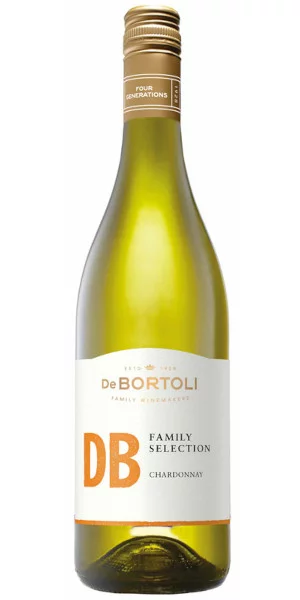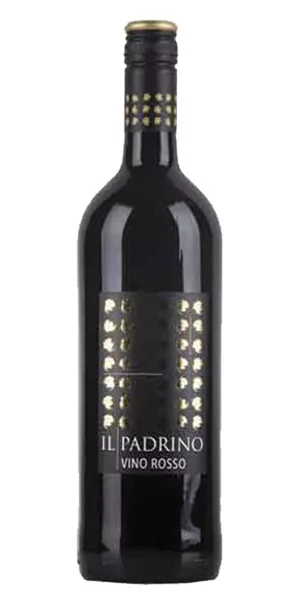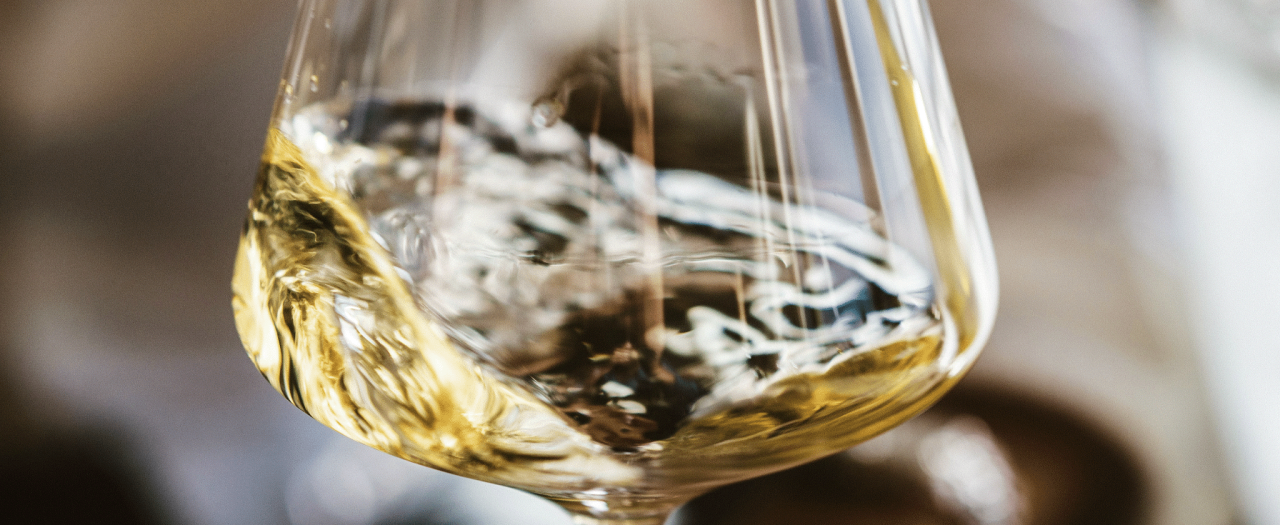
With 800+ products, there’s a lot to discover. Here, you’ll be able to go down any rabbit hole you choose, from staff recommendations to seasonal selections and everything in between. Discover something new from the world of wine, beer, and spirits.
Wine lover, find our seasonal selections here.
Local wine is always a great choice.
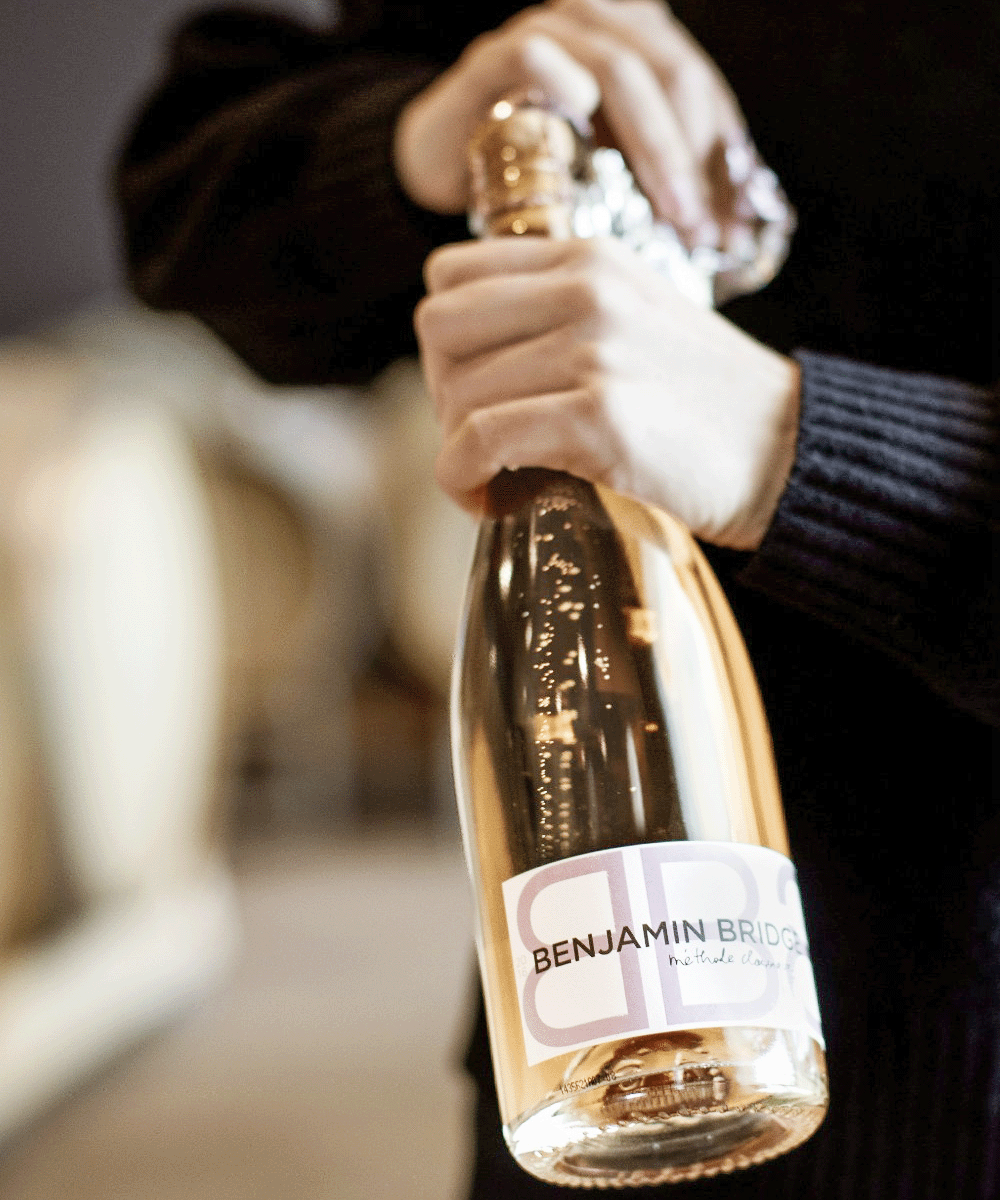
Benjamin Bridge
Explore the entire collection of products from local-favourites Benjamin Bridge, located in the heart of the Gaspereau Valley.

Vino Italiano
Between the rolling hills of Tuscany, the foggy valleys of Piedmont, and beautiful, sunny Veneto; there’s so much to uncover in Italy.

Your Best Buys
A wine for every budget? We have that. Here are some of our recommendations that make the most out of what you want to spend.
Curated, spirit-ed recommendations.
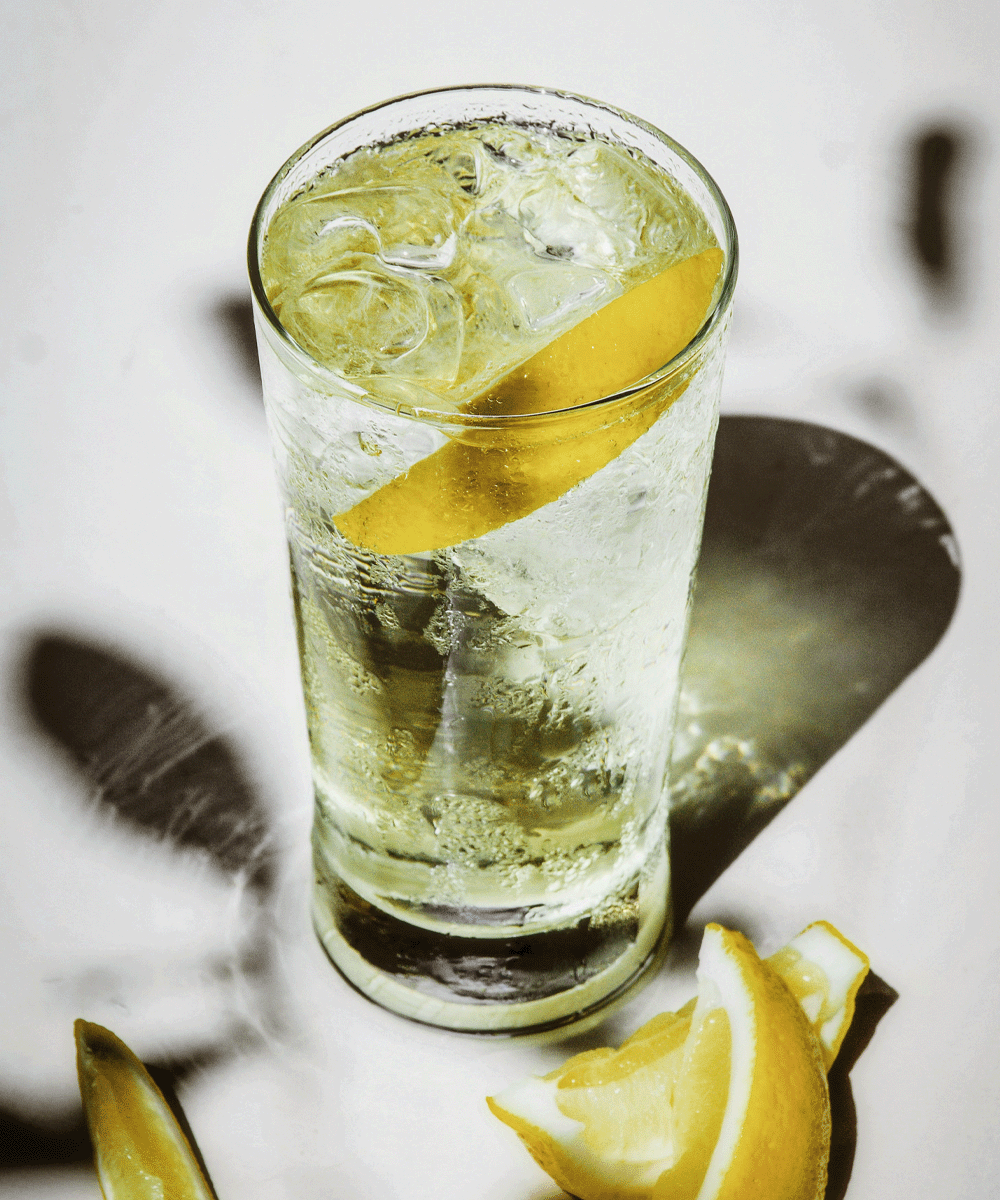
Long Drinks
Generally lower-abv but still jam packed with flavour. Take your favourite Gin, Whisky, or Tequila and let it shine in a long drink.
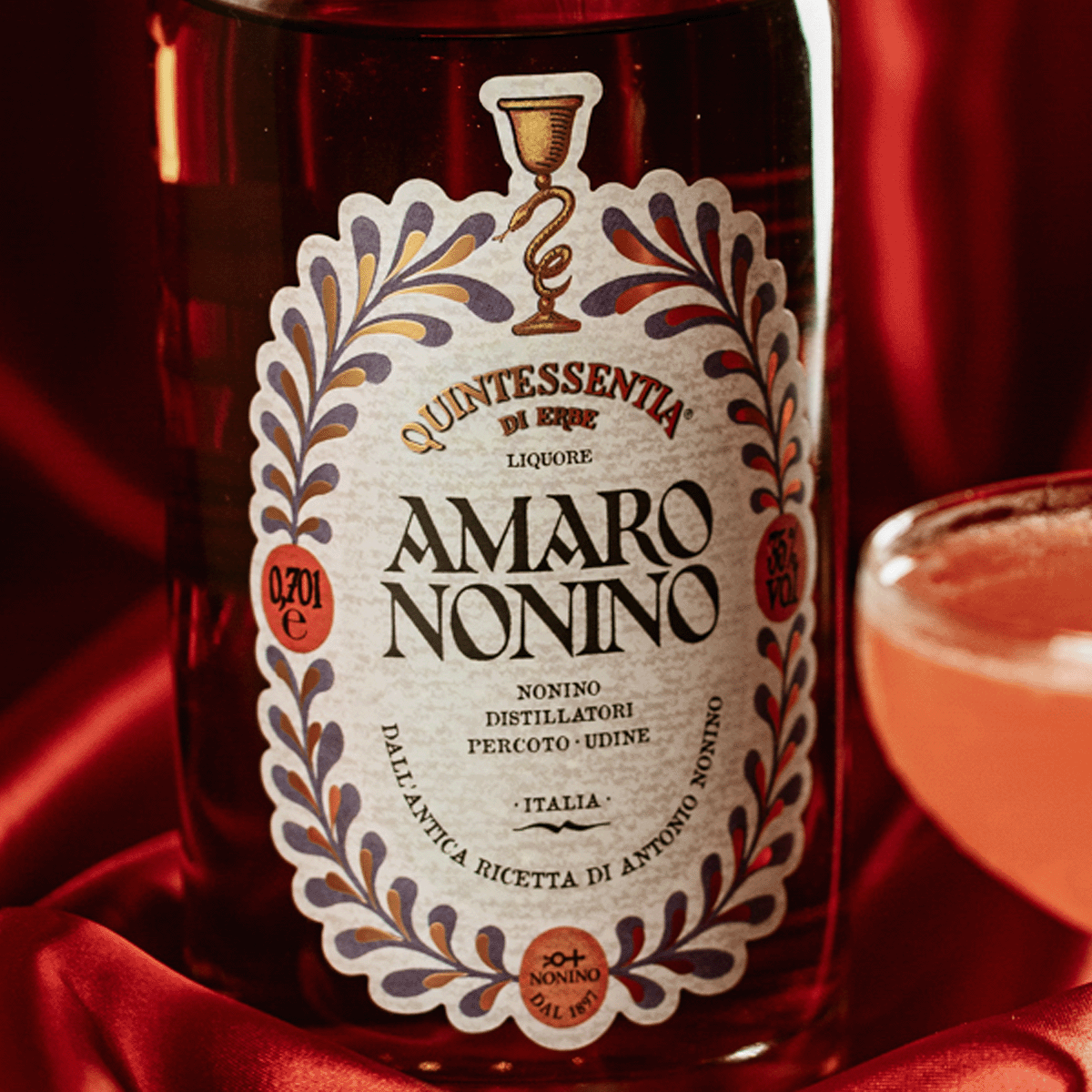
Italian Amaro
Enjoyed before a meal, after a meal, and in your favourite cocktails, this herbal liqueur is the perfect addition to any home bar.
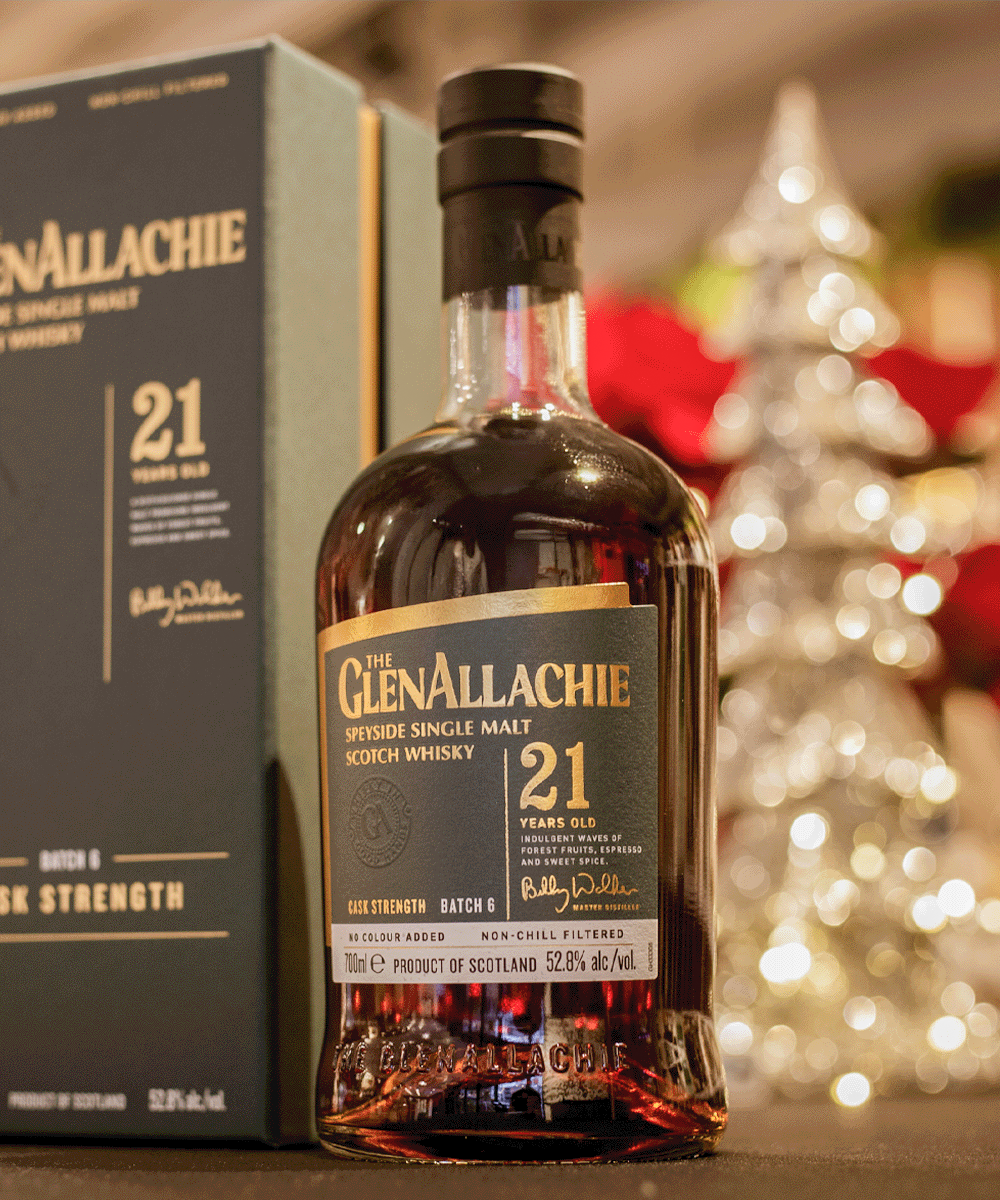
Single Malt Scotch
One of our most popular categories by a long shot. Collectors, casual drinkers, and probably your dad, all enjoy a dram of the good stuff.
Beer me some fresh selections.
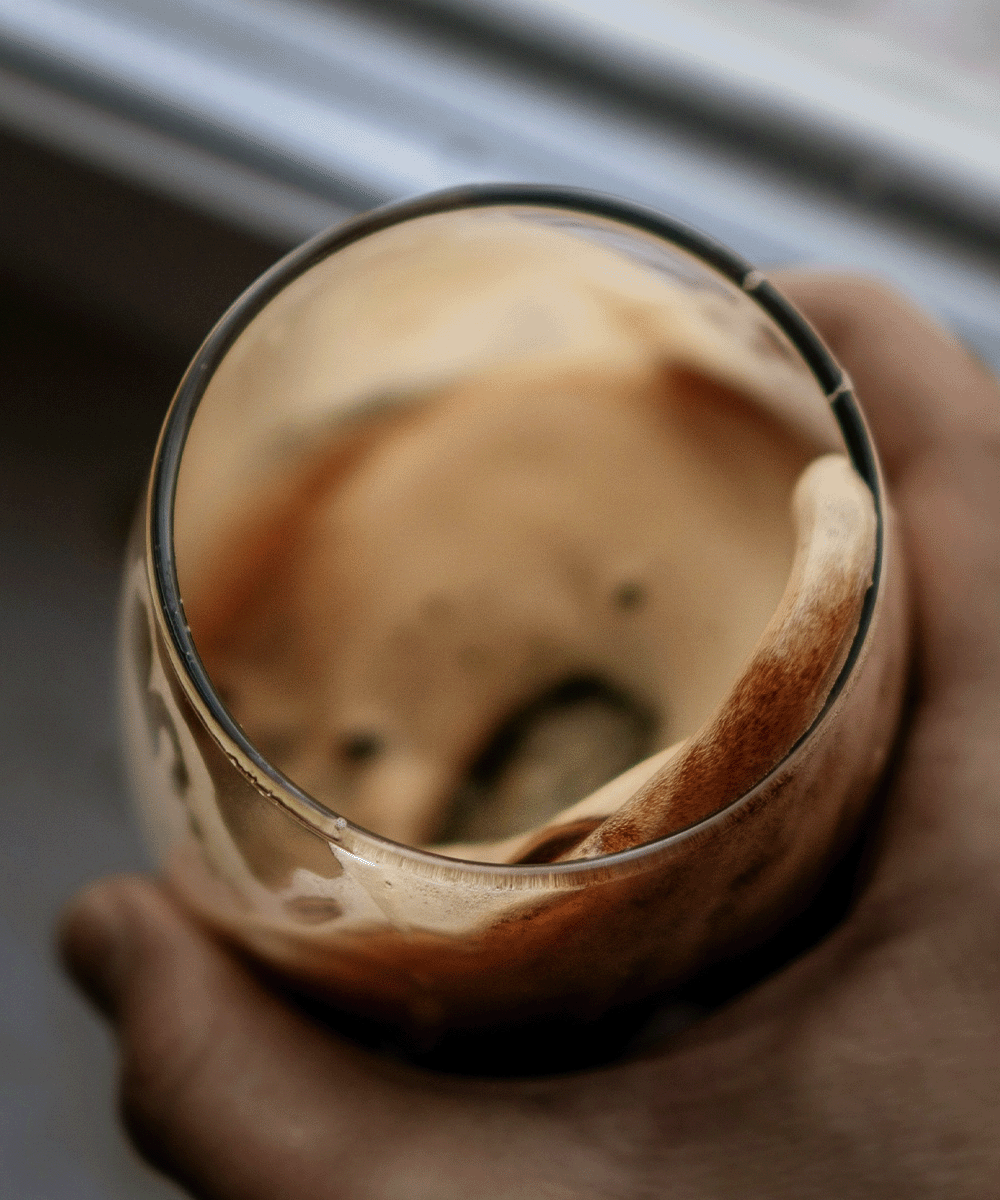
Dark Beer for Fall
Nothing says cozy like your new favourite dark beer. Browse all of our seasonal selections perfect for this time of year.
Local brews that deserve your attention.
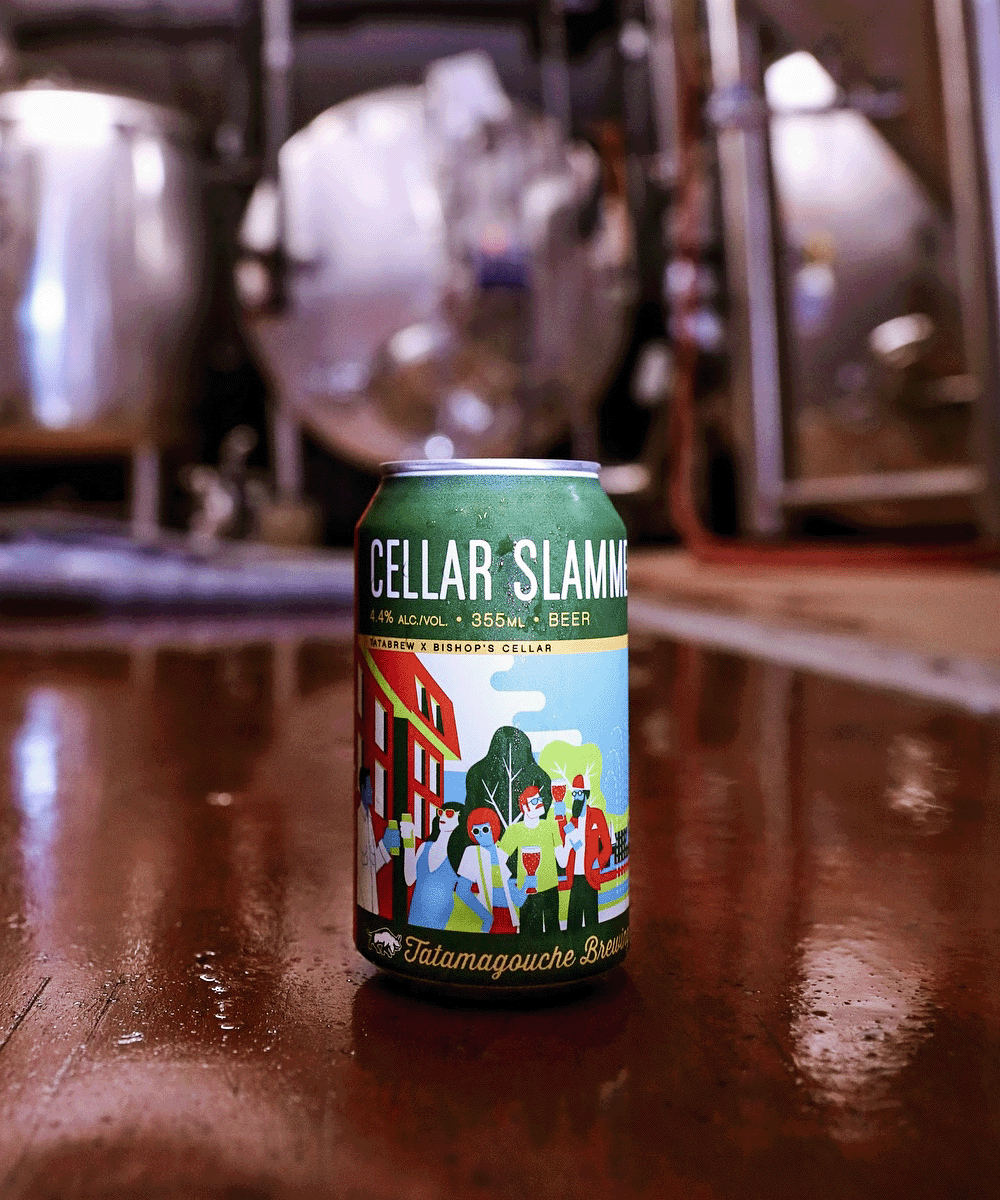
Tatamagouche Brewing Spotlight
From the little town of Tatamagouche, Nova Scotia, these North Shore giants produce a killer lineup of traditional and modern styles.
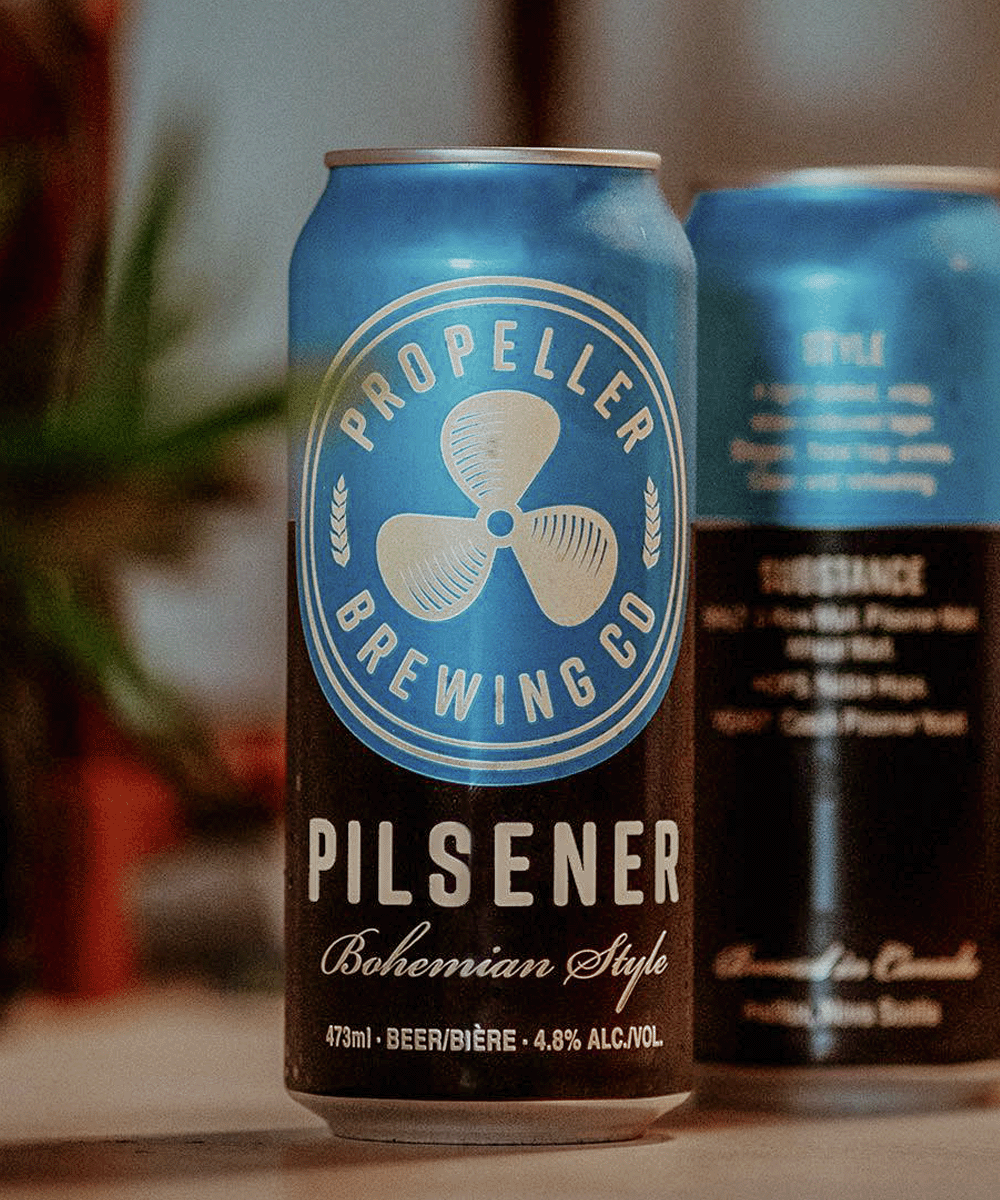
Propeller Brewing Company
With locations peppered throughout the city, Propeller has been a staple and was one of the first breweries in the city dating back to 1997.


